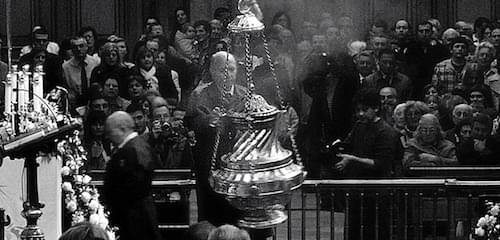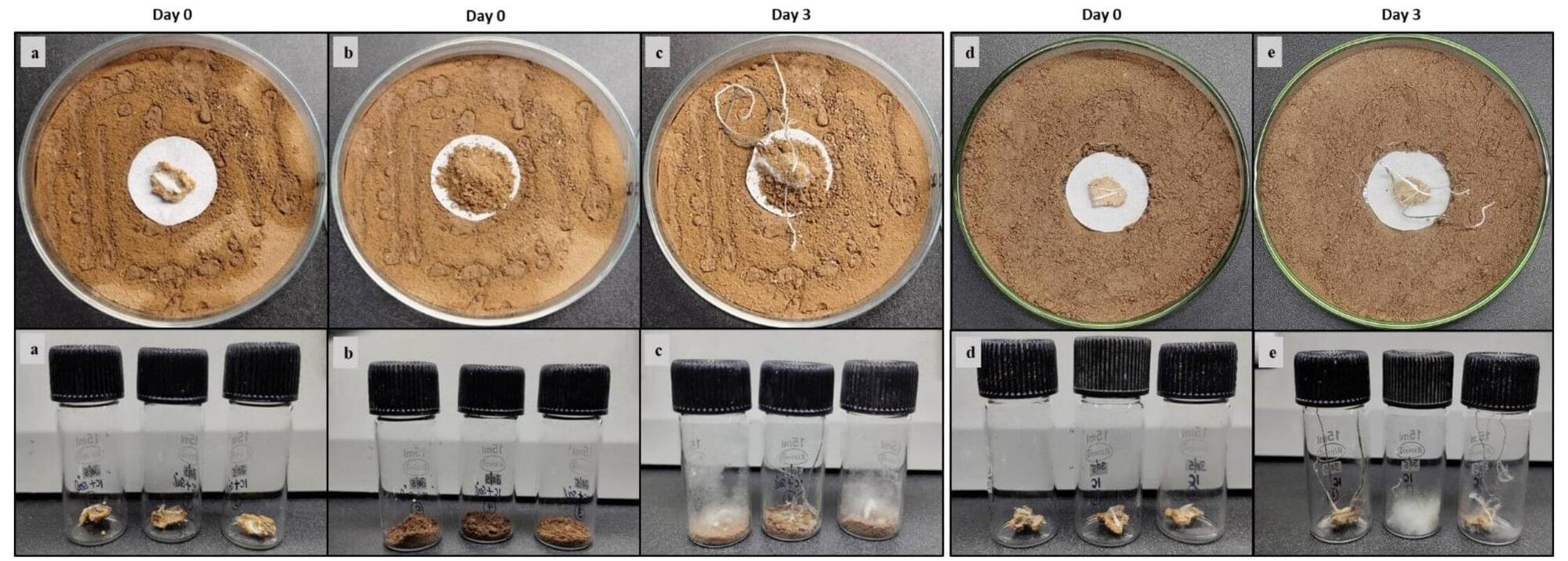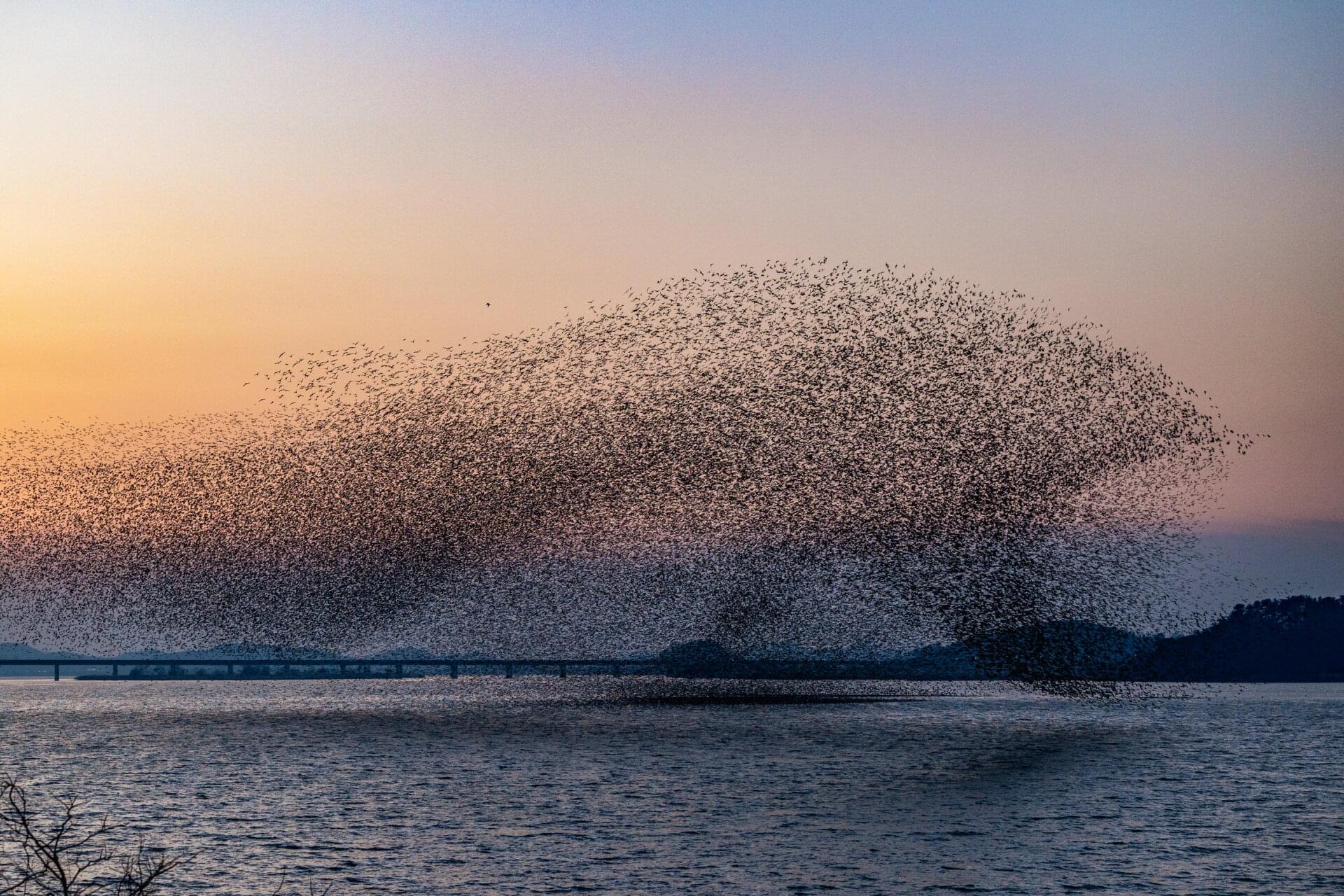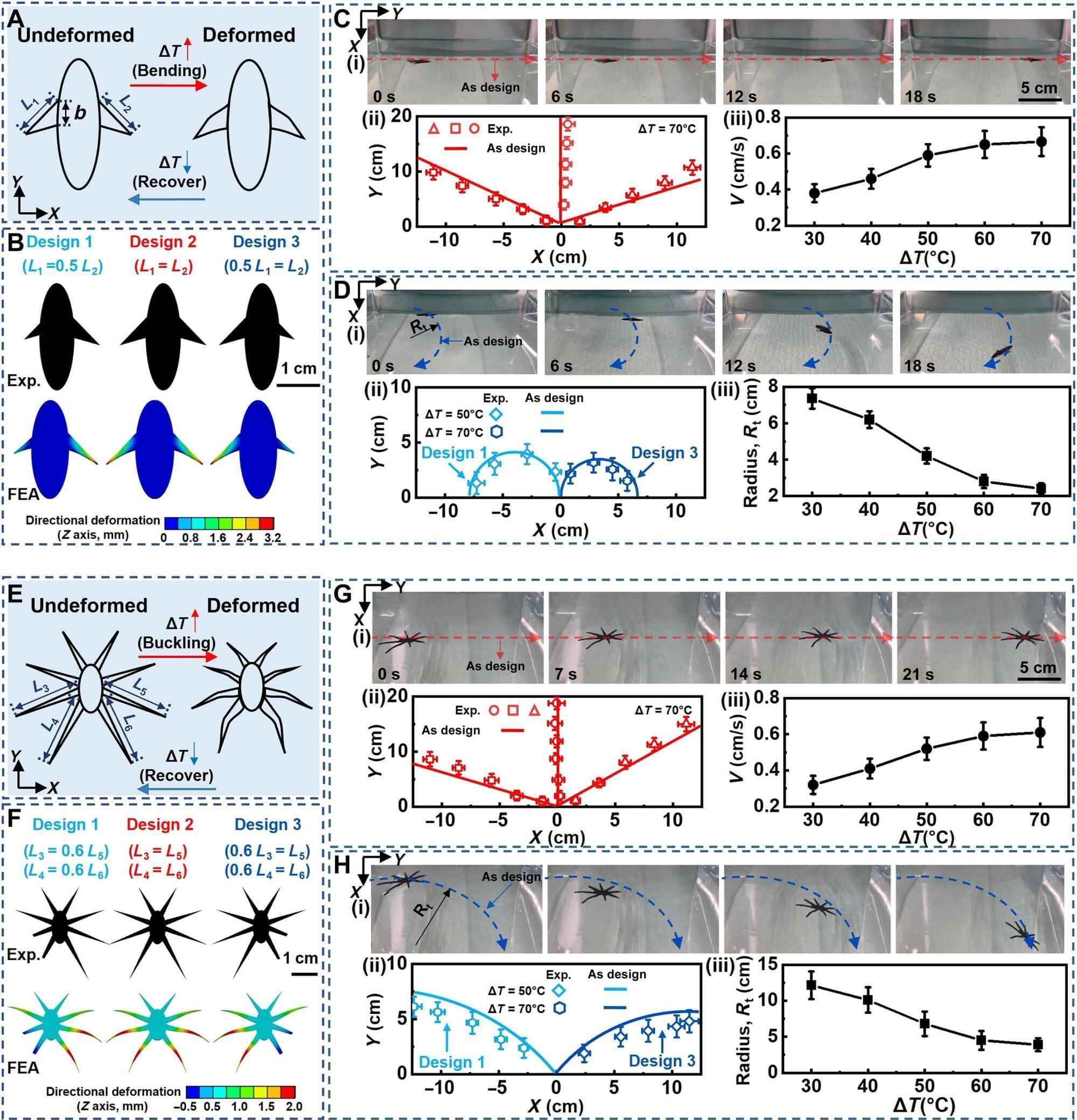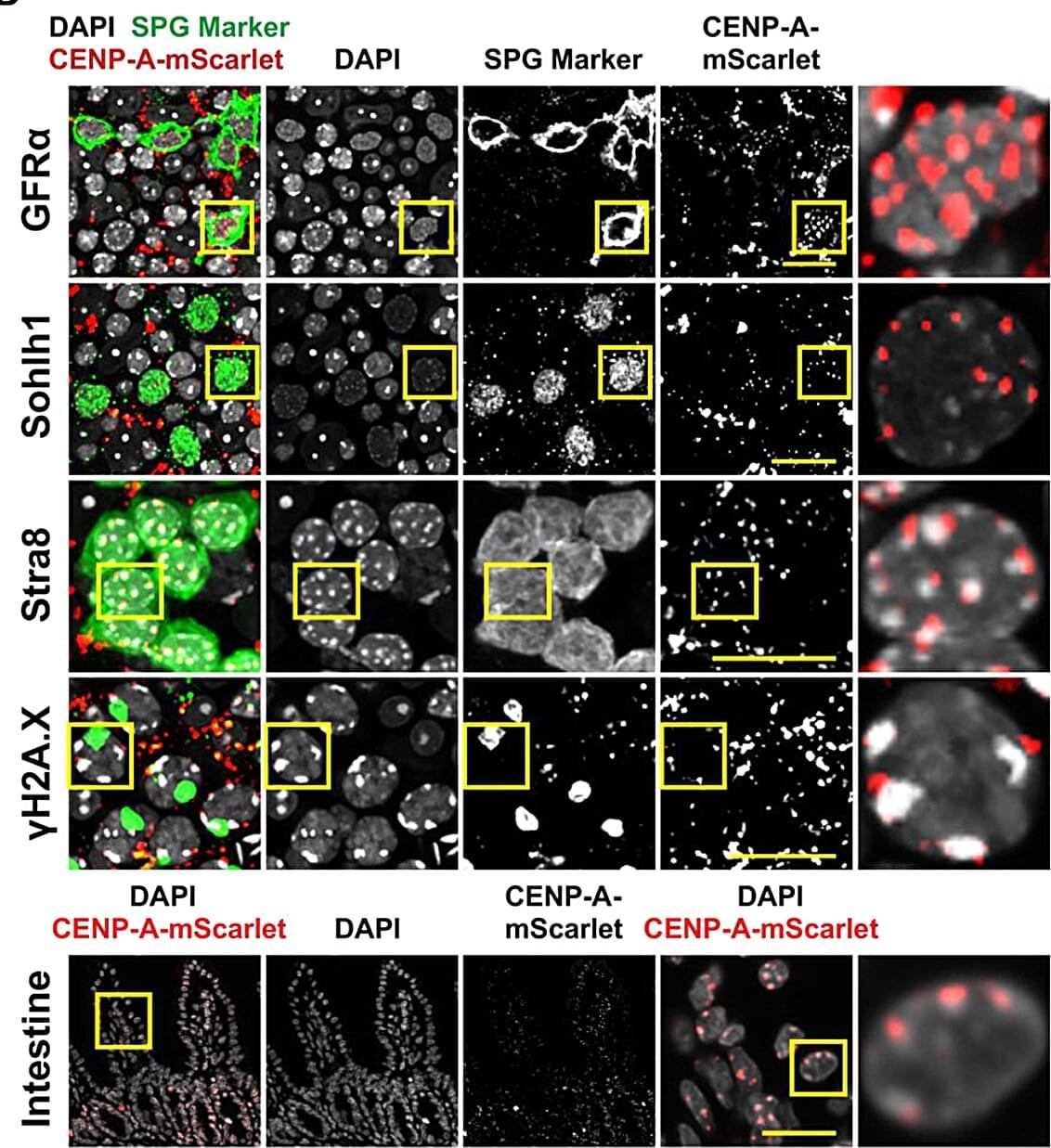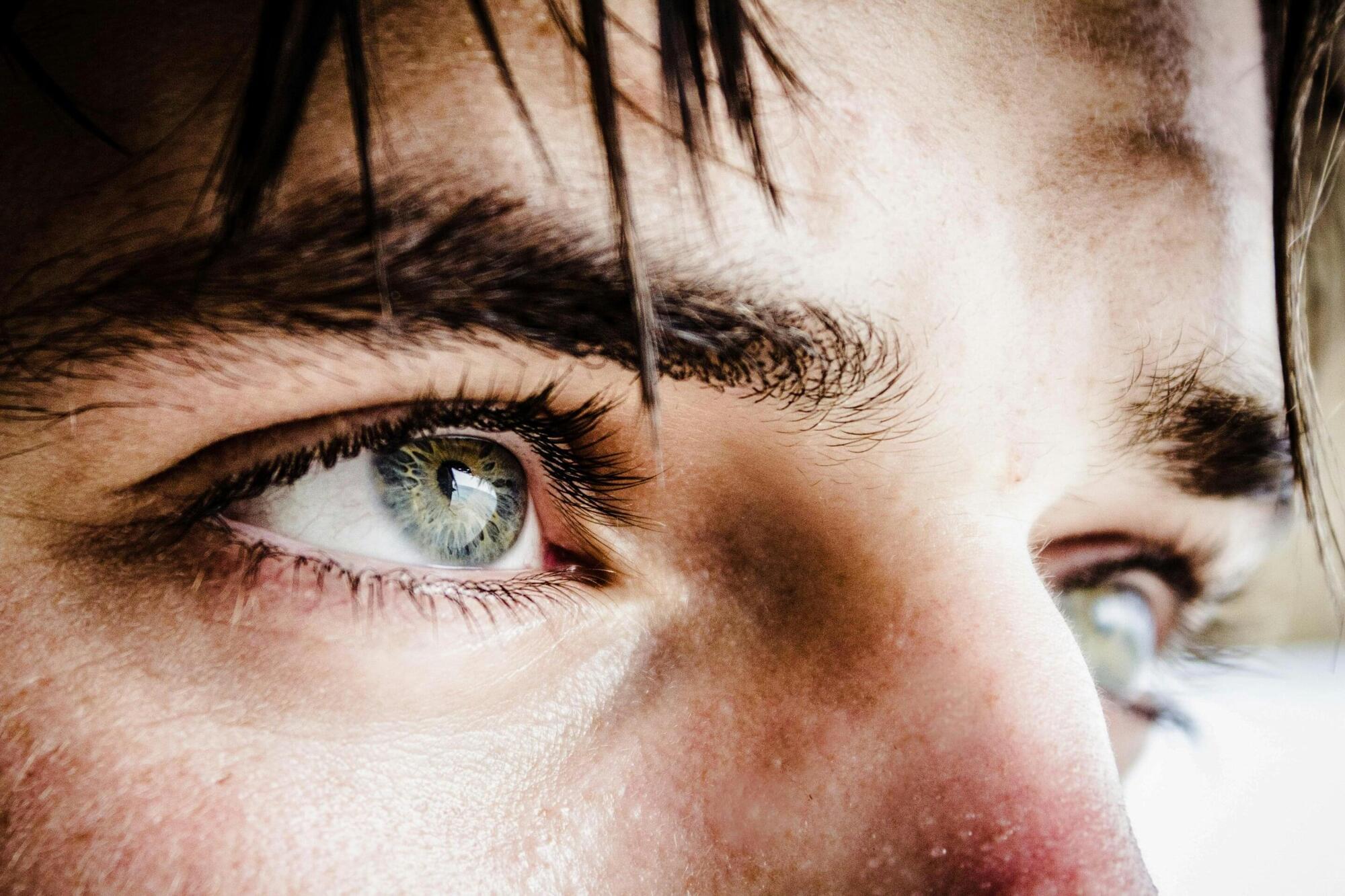A material whose dielectric properties vary in time could produce exotic light-emission phenomena in a nearby atom, theorists predict.
Traditional photonic technologies rely on mirrors, lenses, and diffraction gratings to shape light as it travels through a medium. Recent advances in material science have opened a strikingly different route. Instead of sculpting material properties in space, researchers can now dynamically modulate them in time [1]. Such temporal modulation transforms a passive medium into an active one, as the act of modulation itself can inject or extract energy. Adding a temporal dimension to material design confronts long-standing notions of light–matter interactions and reveals phenomena with no static counterpart. Now Bumki Min of the Korea Advanced Institute of Science and Technology (KAIST) and his collaborators have exploited this capability to reshape the photonic density of states (DOS), which quantifies the number of available optical modes into which light can be emitted [2].
